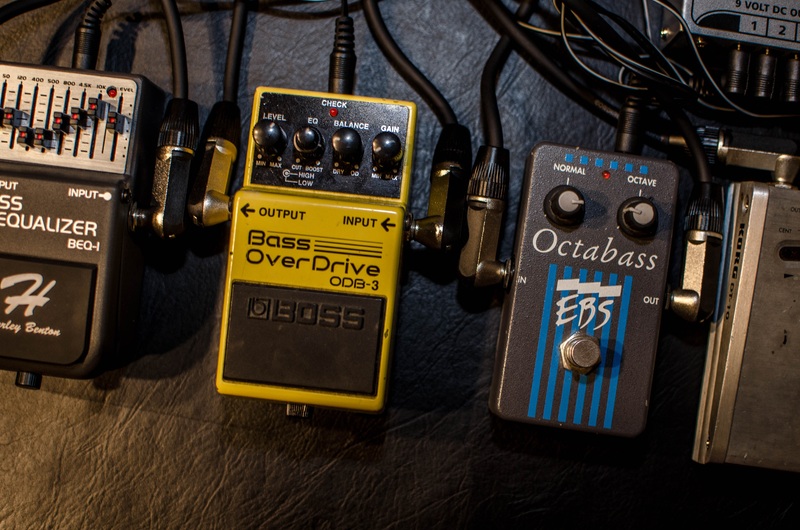Eleven crazy learnings from the Java 11 certification: equality in cloned arrays (8/11)
In the summer of 2021, I got my Java 11 certification. I expected it to be quite a breeze, because I’d been a Java developer for 14 years and surely I should have seen it all by now, right? Turned out I was very wrong. I came across lots of things that I didn’t even know were possible with Java. In this weekly blog series I will go through 11 of these ‘crazy learnings’ that surprised me the most, even as an experienced developer. We’ll dive into array equality today.
Array equality
When are two arrays in Java equal to each other?
Does using the == operator yield different results than an invocation of the equals() method?
What’s up with the Arrays.equals() method?
Does the behaviour change when the second array is a clone of the first one?
I can guarantee that you will ask yourself these questions at some point during your preparation for a Java certification. The answers to these questions differ subtly and in cases like that a good approach is to try out the different variations and see if you can explain the results to yourself.
An array of Talks
So let’s try a few variations by returning to the code example we used in previous installments of the ‘Eleven crazy learnings’ blog series. As you may recall, this example is about conferences, speakers and talks. Assume that we now want to build up a conference schedule of talks that were selected. A rudimentary implementation of that requirement might use arrays of talks for that:
public class ConferenceSchedule {
private Map<Year, Talk[]> schedule;
public ConferenceSchedule() {
select(Year.of(2022), new Talk[]{
new Talk("Bugs Bunny", "Carrots Are Awesome!", LocalTime.of(11, 0)),
new Talk("Road Runner", "Stop Living Too Slow", LocalTime.of(9, 30)),
new Talk("Tweety", "Ban All Cats Off The Internet", LocalTime.of(14, 45))});
}
public void select(Year year, Talk[] talks) {
schedule.put(year, talks);
}
public Talk[] retrieve(Year year) {
return schedule.get(year);
}
}
Yes, we could have used a Collection here (or a value object for that matter). This blog is about arrays though, so our hands are tied I’m afraid!
Another array of Talks
Let’s extend the constructor of ConferenceSchedule and create a second array that contains the exact same data, but is a different instance.
(apparently the 2022 edition of the conference was a smashing success, so they just reprised the schedule 😝)
public ConferenceSchedule() {
var talks = new Talk[]{
new Talk("Bugs Bunny", "Carrots Are Awesome!", LocalTime.of(11, 0)),
new Talk("Road Runner", "Stop Living Too Slow", LocalTime.of(9, 30)),
new Talk("Tweety", "Ban All Cats Off The Internet", LocalTime.of(14, 45))};
select(Year.of(2022), talks);
select(Year.of(2023), talks.clone());
}
Consequently we can call the retrieve() method with different values for the Year parameter to get to these two arrays to compare them.
Three ways to test array equality
So let’s look at three ways to test the equality of these two arrays, using JUnit 5 and AssertJ. Here’s our basic test class:
class TestConferenceSchedule {
private final ConferenceSchedule schedule = new ConferenceSchedule();
private Talk[] talks2022;
private Talk[] talks2023;
@BeforeEach
void setup() {
talks2022 = schedule.retrieve(Year.of(2022));
talks2023 = schedule.retrieve(Year.of(2023));
}
}
1. Using the == operator
The == operator tests if the two objects compared are the exact same instance.
In our case (because talks2023 is a cloned version of talks2022) they are separate instances, so we expect false as a result here:
@Test
void testEqualsOperator() {
assertThat(talks2022 == talks2023).isFalse();
}
2. Invoking the equals() method
Invoking the equals() method on two arrays with the same contents returns false again:
@Test
void testEqualsMethodInvocation() {
assertThat(talks2022.equals(talks2023)).isFalse();
}
This one surprised me at first!
We’re all so used to equals() implementations that compare objects by value and not by identity (like with Strings, for example).
But arrays don’t have a specific overload of the Object.equals() method, so when you call that method on an array, the Object implementation is used.
Which yields the exact same behaviour as the == operator.
3. Invoking Arrays.equals()
The method Arrays.equals() is meant for comparing two arrays by value.
So it makes sense that it would return true for our example arrays.
There’s one small caveat: you have to make sure that you’ve overridden the equals() method of the type your array is constructed of (in our case the Talk class) and provide a meaningful implementation.
Otherwise the equals() implementation of Object is used again.
(and I don’t know about you, but I’ve grown a bit tired of that implementation 🙂)
@Test
void testArraysEquals() {
assertThat(Arrays.equals(talks2022, talks2023)).isTrue();
}
⚠️ If you want to compare multi-dimensional arrays, you should use
Arrays.deepEquals()instead. It will also compare nested arrays.
Cloned arrays
So we’ve seen that a cloned array is a different instance from the original one, but the items in the array are the same. And when I say ‘the same’, I actually mean ‘one and the same’.
@Test
void testArrayItemsAreTheExactSameInstance() {
for (int i = 0; i < talks2022.length; i++) {
assertThat(talks2022[i] == talks2023[i]).isTrue();
}
}
The test method above actually succeeds!
This is because clone() creates a shallow copy of the original array.
Meaning that the cloned array is a different instance than the original, but the items in it are the exact same instances than those that were in the original.
So if you remember these things about arrays, equality and cloning of arrays, you’ll be more than ready for certification questions on the subject!

Photo from PxHere
Other blog posts in this series
Did you miss a blog post in this series? Here’s a list of all posts that have been published so far:
- A few freaky array declarations
- Stream elements should implement Comparable
- Accessing static interface methods
- Anonymous subclasses in enums
- Division by zero
- Method overloading priorities
- The crazy stuff that is allowed in switch statements
- Equality in cloned arrays
- Wrapper objects: some are more equal than others
- Functional interfaces actually CAN contain multiple abstract methods
- Passing arguments to method references



